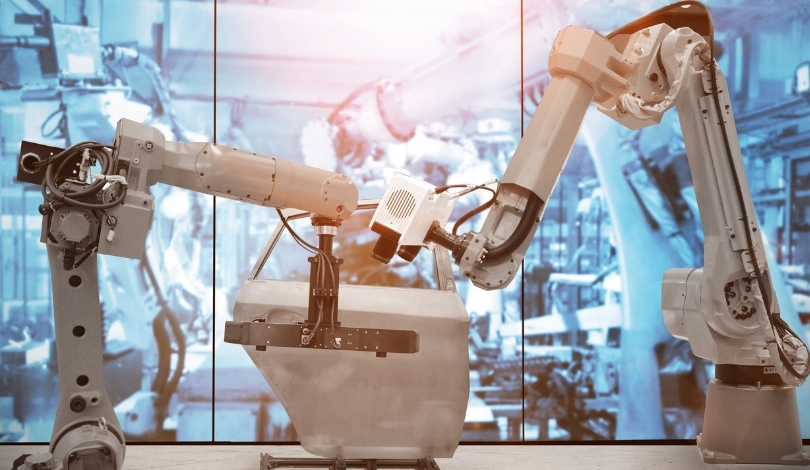Aerial robotics are gaining traction in utility infrastructure as companies seek faster and safer solutions for grid expansion. Infravision, which specializes in drone technology for power grid construction and maintenance, has captured investor attention with a recent $91 million Series B funding round. The company’s TX System, an integrated suite of drones, intelligent ground technologies, and stringing equipment, seeks to address growing global electricity demands. Experts note that ageing infrastructure and rising electrification pose significant challenges, making automated approaches appealing to utilities. Economic pressures on grid operators and developers intensify interest in alternative construction and maintenance options.
Earlier reports on Infravision’s progress showed incremental adoption of aerial line-stringing, primarily in pilot projects within Australia. While initial perceptions questioned the scalability and reliability of drone-based stringing over traditional helicopter methods, the company’s growing roster of major projects and entry into North America reflect a strategic shift. Prior coverage emphasized operational trials with key utilities, but the current investment round reflects increased market confidence and signals Infravision’s transition towards broader commercial deployment, particularly in the U.S. where grid modernization is a national priority.
How Does the TX System Address Power Grid Needs?
Through its TX System, Infravision combines drones with specialized ground tools and hardware to streamline the process of stringing power lines for utilities. The product is designed to reduce risks and costs associated with traditional helicopter and manual techniques. By improving speed and site safety, the system targets both routine construction projects and emergency repairs where rapid response is essential.
What Funding and Partnerships Support Infravision’s Growth?
The latest funding, led by GIC with participation from Activate Capital, Hitachi Ventures, and Energy Impact Partners, is set to fuel Infravision’s expansion. The investment enables the company to scale up engineering resources and expand manufacturing capabilities, particularly for U.S. operations. In partnership with American utilities and contractors, Infravision intends to streamline deployment of high-voltage power lines and support grid upgrades nationwide.
How Is Infravision Positioning Its Services in the Market?
Since 2018, Infravision has completed over 40 large-scale projects across four countries, building a case for its drone-driven approach by emphasizing reductions in costs and project timelines. The company stresses its track record with notable partners such as Powerlink Genex and Pacific Gas & Electric (PG&E), focusing on both efficiency and safety. CEO Cameron Van Der Berg states,
“This investment will help us scale to provide a faster, safer, and more cost-effective way to meet surging electricity demand as the world races to double grid infrastructure by 2040.”
Energy Impact Partners, an ongoing investor, further highlights the relevance of these solutions to grid modernization, saying,
“Infravision is solving one of the toughest challenges in that equation – how to scale grid buildout safely, affordably, and at the pace required to meet electrification, AI, and industrial growth.”
As utility networks expand to meet electrification and AI-driven demands, utility-scale robotics like Infravision’s TX System will likely become more common. Decision-makers must evaluate the balance between upfront investment in new hardware versus potential long-term gains in efficiency, worker safety, and operational speed. Broader adoption depends on demonstrated results and the ability to integrate these tools with existing grid management systems. For industry professionals, monitoring regulatory responses and collaboration between utilities, contractors, and drone technology firms will be key in determining how quickly such tools are mainstreamed. Understanding cost structures, deployment conditions, and maintenance requirements will help stakeholders decide when drone-assisted systems are suitable for specific project needs.








